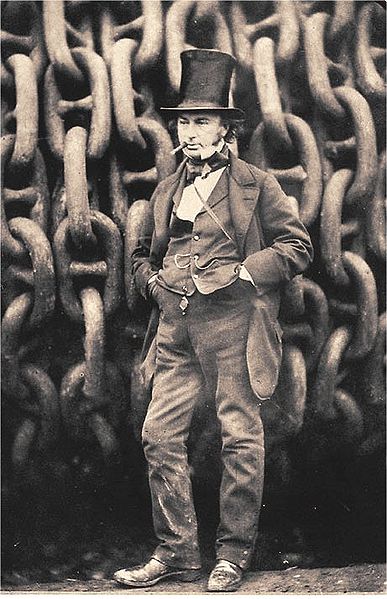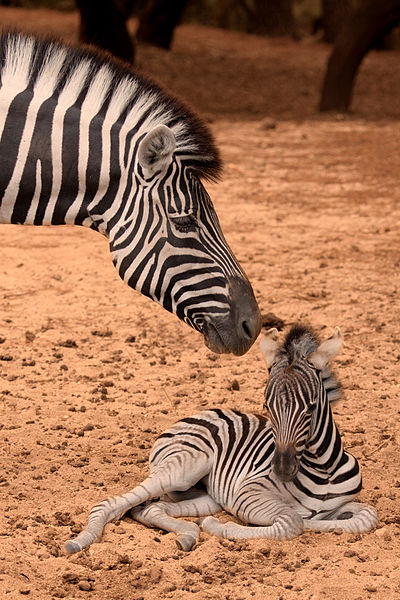We have discussed the technical aspects of pinhole photography in the past as a means of introduction to how the camera works. But we have not discussed the aesthetics of pinhole photography. Pinhole cameras create: somewhat distorted images, in many cases soft out-of-focus images, and vignetting – that is a fading of light intensity as you move away from the center of the field. Overcoming all of these distortions is why camera lenses cost so much. But in the case of the pinhole image, all of this contributes to a sense of dreaminess and a sense of the antique. If you want to create a picture that looks like it was taken in the mid-nineteenth century, this is certainly one way to go.
With all of this in mind, I was struck with a recent readers’ series on BBC News, a collection of pinhole camera images. And to my mind’s eye the most strikingly dreamy of all was a wonderful image of a swan on a lake sent in by Daniel Ramsey. Because this beautiful color image required a 30 second exposure the swan’s head and neck are blurred out as if captured in several positions, but in none really. The distortion is four dimensional, encompassing all the dimensions of space and time. It is truly a vision from a dream.


